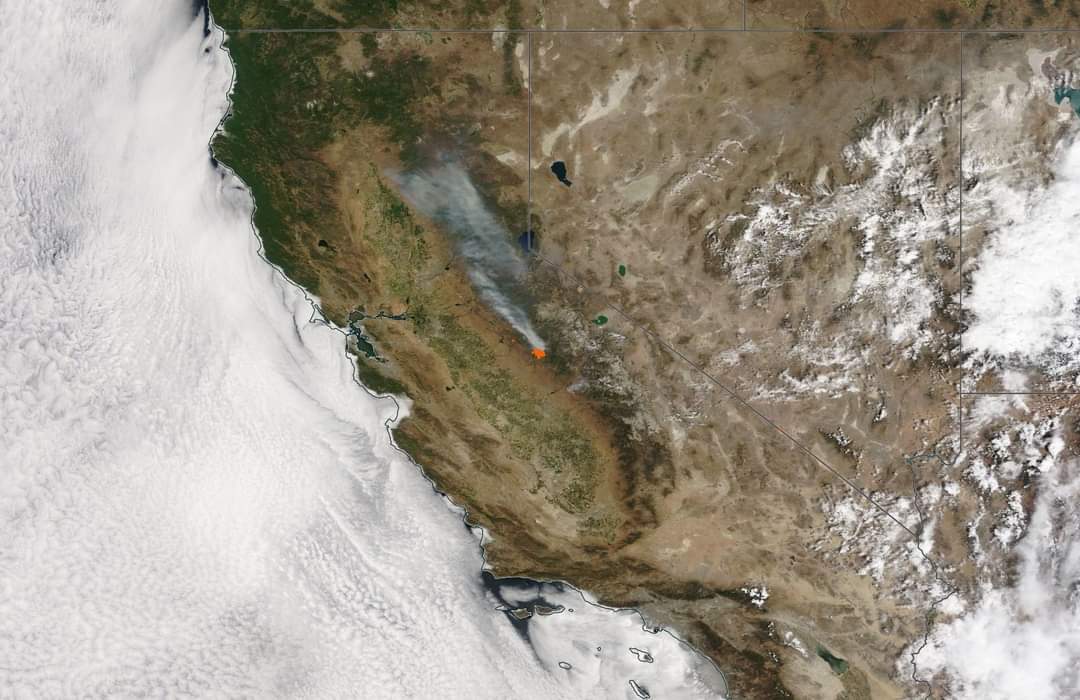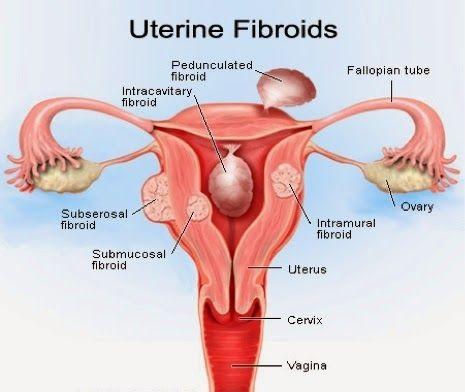By Sandra Mutesi
The earth is a system, where everything is connected; changes in one area influence changes in all others. These changes affect everything from our health, the food we grow, our identity, and the population of humans and animals. In this article, I argue that climate change amplifies gender imbalances.
Climate change refers to long-term shifts in temperatures and weather patterns. Human activities are the main drivers of climate change. They are responsible for all global heating, which has caused the greenhouse gases to accumulate, which in turn are warming the world faster than they ought to.
It is on record now that the world is warming faster than at any point ever recorded in history. These warmer temperatures over time are now changing weather patterns and disrupting the usual balance of nature.
One may be wondering how all this comes about, the planet earth has glaciers, these are large masses of snow and ice that have accumulated over many years and are present year-round.
They act as indicators of climate change because physical changes in glaciers whether growing or shrinking, advancing or receding provide visible evidence of changes in glaciers, temperature and precipitation. This ice acts as a protective cover over the earth and oceans.
In addition to the above, the glaciers give a bright white spot color which reflects excess heat back into space and keep the planet cooler, when glaciers melt, on the contrary what is happening now is that darker surfaces are being exposed since most of the ice is off the surface thus the darker surfaces are absorbing heat which is raising temperatures even more.
The warming temperatures are complicating matters more by causing something known as “sex reverse”, research suggests that climate change could affect the number of males and females differently, leading to population declines and even species extinction.
Sex Reverse this is when exposure to warming during embryonic development causes an animal to have all the physical characteristics of one sex, but the genetic code for the other. For many animals, humans being no exception, exposure to high temperatures causes genetically female embryos to be born.
As a result of Temperature-dependent Sex Determination (TSD) the global temperature rise could lead to the larger population being born female, from the look of things this is already happening. Statistics show that in colder areas, for example Greenland, the ratio of males to females is higher compared to the population of females to males in warmer regions.
Thinking about climate change is overwhelming, I believe we are currently aware of its causes and we are all witnesses to its devastating effects on our planet and its ecosystem.
Walking back in time to when our weather was still in check where seasons of warmth and coldness followed each other as they ought to the population gender imbalance graph appeared normal, unlike now where the graph seems to increase on one side only. However, it is important to know that the main greenhouse gases causing climate change are carbon dioxide and methane, which come from using gasoline from driving cars, among other human activities.
Finally, we as individuals should always remember that we are key to solving the climate crisis by taking action and being more mindful of our activities, such as resorting to clean energy, electronic vehicle technology, among others. Taking positive action can help us reverse the above effects and reclaim our planet. Let’s all be the change we want to see.

Sandra Mutesi is a Third year law student at Nkumba University. She can be reached via email: sandramutesi126@gmail.com



















Discussion about this post